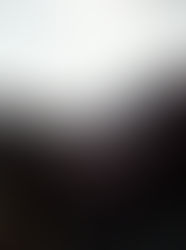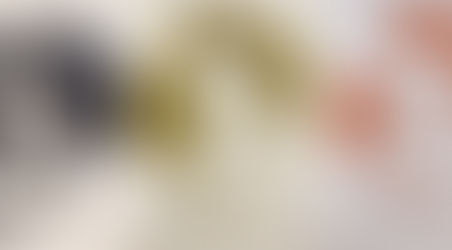Exhibition Styles & How I Want to Show my Work
- Taylor H
- May 3, 2018
- 3 min read
Since submission time is closing in, I thought it would be high time I started thinking about the exhibition, and how I want my work to be shown.
When I was in stage 2 of MIP, I went to the Photographer's Gallery in London when Wim Wenders was having an exhibition of his large collection of tiny polaroids. Wenders is a film director primarily, but he had a polaroid camera as well, just to capture moments. A lot of them show the making of films, but others are showing places he travelled through, like cities, hotels, long stretches of road, etc. Personally, I was fairly unimpressed with the photographs, because I thought they weren't entirely unique, and I thought that the same result could be produced if you gave anyone a polaroid camera (except the making of films with famous actors/people). However, I was in love with the style of exhibition. Unfortunately, I don't have any photographs of the exhibition, but I can describe it the best that I can. The polaroids were all mounted centrally on small A5 frames, all next to each other in a long line that circumnavigated the perimeter of the room. The exhibition area was packed with people carefully and intently scanning and studying the photographs with close proximity. I don't think that this level of examination that the viewers were showing would be as high if the photographs were scanned and printed large, because then the people would be able to see it from the middle of the room, and would be able to quickly glance over to the next image. Printing the images small forces people to look closer, and take their time looking at the photograph. It also created a very nice flow in the room as people were slowly crawling alongside the wall, creating a sort of conveyor belt, with very small gaps for you to jump in.
I like this idea for my work, since there are a lot of themes we share in common. Wenders' exhibition was called 'Instant Stories', because the polaroids that he took rather than being photographs existing for aesthetic purposes they were photographs of specific moments in his life. I think that with my pinhole images taken in my living space can be invocative of the same idea, but instead of moments it's my personality and the way my mind works, and instead of the photographs being instant (fast shutter speed, printed polaroid), the process is very long, deliberate, and thought out. (15 - 20 minute exposures, developing, scanning).
I am debating on whether or not I go for the same style of exhibition as this. I am aware that the examiners aren't going to think that since my images are small that my grade should be too, but I'm worried that if everyone else is printing A1 photographs and mounting them next to my postcard sized images, then they would be lost in a wide ocean, so to speak.
The other option is to print them very large, which would be a nice juxtaposition to the tiny camera that took the photograph (I also scanned the pinhole images at 6400 DPI, so if I wanted to print them large, I could). However, it might add to the whole 'lost at sea' thing, because if every image mounted on the wall were the same size, it would look fairly monotonous, regardless of the subjects.
Overall, I'm being paranoid about my exhibition. Also, I don't think that everyone will go for the meat and potatoes option of printing A1 photographs and mounting them in a grid, in which case I will most likely print postcard sized photographs and mount them. I could even print two or three favourites big and scatter smaller images around them, which could look very nice.
Recent Posts
See AllI've decided to do another shoot using a matchbox pinhole camera. I didn't want to make another one, so I used the same matchbox body for...




























Comments